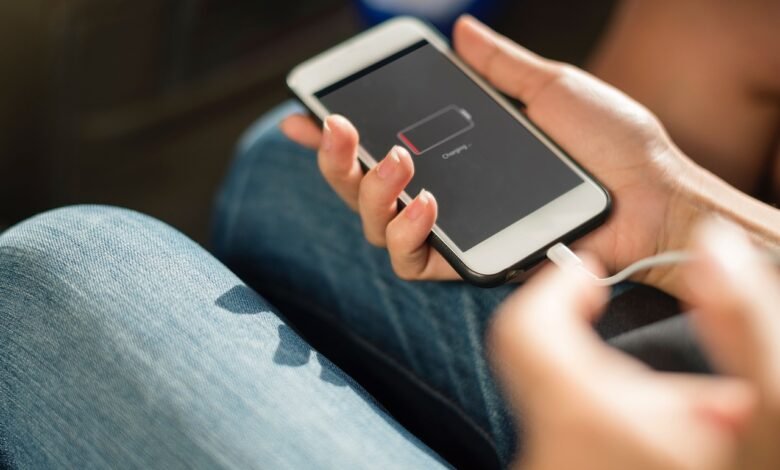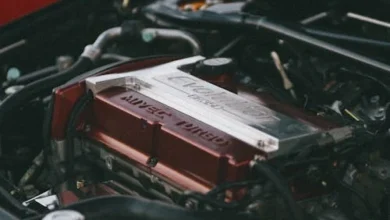Smartphone Myths Busted: What Actually Saves Your Battery in 2025?

Keeping your phone alive through a long day still feels like a small victory. Even in 2025 — with smarter processors, advanced power-saving modes, and high-efficiency displays — battery life remains one of the biggest user concerns. But not all battery-saving tricks work, and some popular tips are flat-out wrong.
lenty of people still swear by outdated advice, often picked up while waiting for an app to load or scrolling through news feeds. You’ve probably read one while launching the lucky 7 game app or while your phone dropped from 30% to 20% in record time. So, what’s actually helpful and what’s draining your battery behind the scenes?
The Most Common Myths (That Won’t Help)
There’s no shortage of advice when it comes to saving your device. But not everything you hear stands up to scrutiny. Let’s clear up some of the biggest misconceptions.
Myth 1: Closing Background Apps Boosts Battery Life
You might think swiping away your open apps keeps your phone running lean. But in reality, constantly force-closing apps may cause your phone to use more power. Apps that are reopened repeatedly from scratch require more energy than those suspended in the background.
Myth 2: Dark Mode Dramatically Extends Battery Life
Dark mode looks sleek and may offer a slight improvement on OLED screens, where black pixels are essentially off. But for most daily use, the savings are minimal, especially if you already keep your brightness low or use auto-brightness.
Myth 3: Turning Off Bluetooth and Wi-Fi Saves Hours of Power
Unless you’re in extreme power-saving mode, these features don’t drain your device as fast as people believe. Bluetooth, in particular, is designed to use very little energy when idle. You’ll see bigger savings by managing screen brightness than toggling Bluetooth off and on.
What Actually Helps Extend Battery Life
It’s easy to assume newer phones fix all battery issues, but habits still matter. The good news is that small changes in how you use your phone can lead to noticeable improvements.
Smart Charging and Usage Tips
Below is a list of real, research-backed ways to get more out of every charge:
- Lower your screen brightness: Manual brightness control almost always beats auto-brightness for saving energy. Keep it as low as is comfortable.
- Limit background app activity: Instead of force-quitting apps, head to your settings and restrict background activity for the most power-hungry ones.
- Use saver mode early: Don’t wait until you’re down to 10%. Turning it on at 50% can double the remaining usage time by reducing background syncing, visuals, and app refreshes.
- Avoid extreme temperatures: Heat damages batteries and can cause faster drain, especially if left in a hot car or direct sun.
- Update your apps and OS: Developers optimize apps with power efficiency in mind. Outdated versions can lead to glitches and unnecessary power usage.
- Shorten screen timeout: If your screen stays on after you stop using it, that’s wasted power. Reducing your timeout to 30 seconds can help.
- Disable vibration for alerts: Vibrations use more power than audio tones. If you don’t need them, switch to sound or silent.
These practices, when followed consistently, can significantly improve battery life and help you get through the longest days without worrying about running out of power.
Charging Habits That Matter
Charging habits play a crucial role in battery health. Older advice, like never charging overnight or avoiding charges above 80%, doesn’t apply to modern lithium-ion batteries. Instead, focus on avoiding frequent full cycles from zero to 100%. Regular top-ups are gentler on the device and help it last longer.
Additionally, always use trusted chargers, as cheap cables or adapters can damage the battery over time. While fast charging is convenient, it generates more heat, which can negatively impact battery health. If you’re not in a hurry, slower charging is a better choice for maintaining your device’s longevity.
When to Worry About Your Battery
If your phone starts dropping 10–20% at once, overheating without cause, or dying before it hits 5%, it may be time for a battery health check. Most smartphones now include battery diagnostics in the settings menu — use it.
Manufacturers often recommend replacing the battery after 500–800 full charge cycles. If your phone is more than two years old and you notice significant drain, a new battery could feel like a complete instant refresh.





